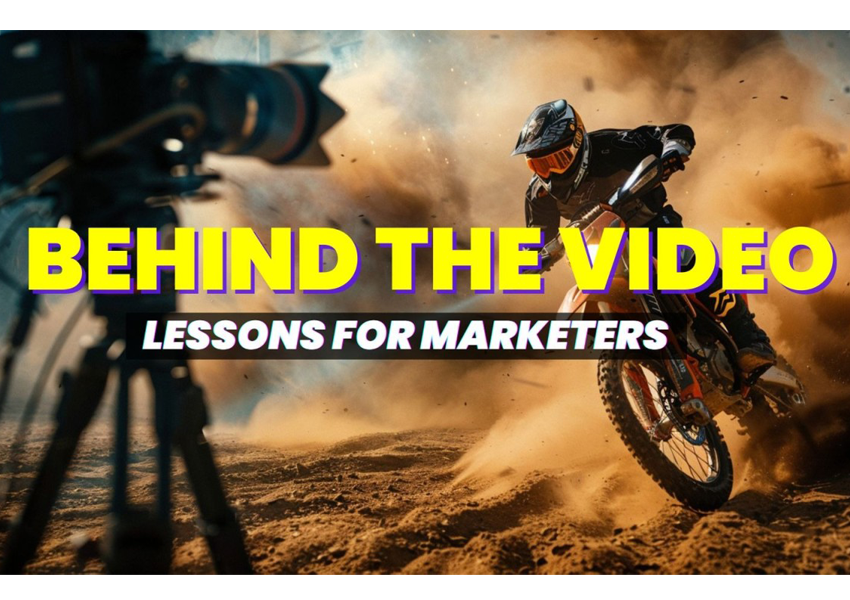In today’s digital world, video content is one of the most powerful ways for brands to connect with their audience. Brand filmmaking is not just about making ads; it is about storytelling, emotions, and creating a lasting impression. Here are some key fundamentals to making an effective brand film.
1. Understand Your Brand and Audience
Before diving into any marketing strategy, it is crucial to have a clear understanding of your brand and audience. This foundational step helps in creating effective marketing campaigns that resonate with your target customers and set your brand apart from competitors.
1. Define Your Brand Identity
Your brand identity is what makes you unique. It includes:
- Brand Values: What principles and beliefs define your business?
- Mission and Vision: What is your long-term goal, and how do you plan to achieve it?
- Brand Voice and Personality: Are you professional, friendly, authoritative, or casual?You should use the same communication style on all platforms.
- Unique Selling Proposition (USP): What makes your product or service different from competitors? Identify your strengths and highlight them in your marketing efforts.
2. Identify Your Target Audience
Understanding your audience helps in crafting personalized and engaging content. To identify your ideal customers, consider:
- Demographics: Age, gender, location, income, education, and occupation.
- Psychographics: Interests, values, lifestyle, and pain points.
- Buying Behavior: How do they research, compare, and purchase products? What factors influence their decisions?
3. Create Audience Personas
A fictionalized depiction of your ideal client is called a customer persona. It should include:
- Name, age, and background
- Challenges and problems they face
- Goals and motivations
- Preferred communication channels (social media, email, blogs, etc.)
4. Conduct Market Research
Use data-driven insights to understand your audience better:
- Surveys and Feedback: Ask customers about their preferences and experiences.
- Competitor Analysis: Study competitors’ strategies and customer engagement.
- Social Media Insights: Monitor trends, comments, and interactions.
- Google Analytics: Track website traffic, user behavior, and demographics.
5. Align Your Brand with Audience Needs
Once you have a clear understanding of your brand and audience, align your marketing efforts accordingly:
- Content Strategy: Create blogs, videos, and social media posts that address customer pain points.
- Engagement Approach: Use storytelling, testimonials, and interactive content to connect with your audience.
- Marketing Channels: Choose platforms where your audience is most active (Instagram, Facebook, YouTube, LinkedIn, etc.).
2. Focus on Storytelling
People connect with stories, not just products. A compelling narrative with a beginning, middle, and end keeps the audience engaged. Instead of selling, focus on emotions, values, and experiences.
3. Keep It Authentic
Authenticity builds trust. Use real experiences, real people, and honest emotions to make the film relatable. Avoid over-promotional content, as audiences appreciate genuine storytelling.
4. High-Quality Visuals and Sound
A brand film should be visually appealing and have clear sound. Invest in good cameras, lighting, and professional editing to create a polished look. The right background music and voiceovers enhance the emotional impact.
5. Keep It Short and Engaging
Attention spans are short, so make your film concise and impactful. Every second should add value to the story. A film between 30 seconds to 3 minutes is ideal for most platforms.
6. Use Strong Branding Elements
Your film should reflect your brand’s personality. Use brand colors, logos, and a consistent tone to make it easily recognizable.
7. Call to Action (CTA)
After watching your film, what should viewers do next? Whether it’s visiting your website, subscribing to a channel, or making a purchase, include a clear and compelling CTA.
8. Optimize for Different Platforms
Each social media platform has different requirements. Optimize your brand film for mobile viewing, different aspect ratios, and subtitles for silent viewing.
9. Distribute and Promote Effectively
Creating a great brand film is not enough; you need to distribute it wisely. Share it on social media, websites, and email marketing to reach a wider audience.
10. Analyze and Improve
Monitor how your film performs. Check views, engagement, and feedback to understand what works and what needs improvement for future projects.
Conclusion
Effective brand filmmaking combines storytelling, high-quality production, and strategic marketing. By mastering these fundamentals, brands can create compelling films that engage audiences, strengthen brand identity, drive meaningful connections, and ultimately inspire action.




